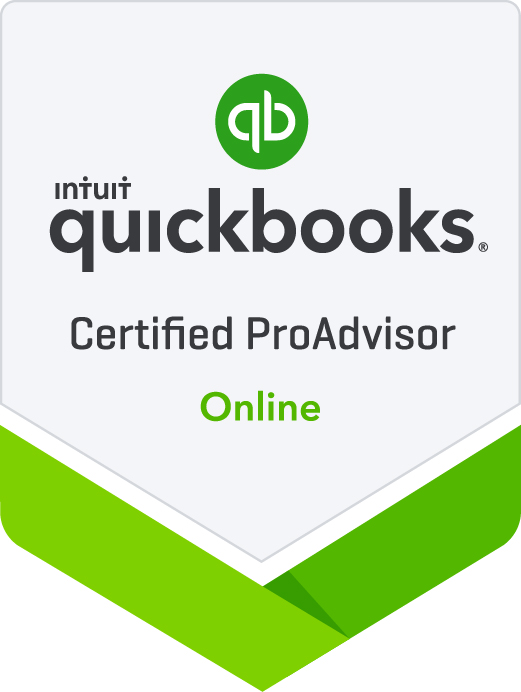August Roundup!
/The month is almost over, and I hope you’ve been able to stay on track with your business goals. This month, I aimed to share two important things with you:
How The P&L can help you with pricing strategies & profitability. If you haven’t had a chance to check it out, here are the cliff notes. (I loved cliff notes in college:)
Here's a summary of the key points:
The P&L statement is a crucial financial document that summarizes a company's revenues, expenses, and profits or losses over a specific period.
The P&L can help create pricing strategies that enhance profitability through:
Revenue Analysis: Tracking sales trends and adjusting prices of top-selling items.
Cost of Goods Sold (COGS) or Cost of Sale: Comparing direct costs to revenue to determine gross profit margin.
Expense Management: Ensuring prices cover all operating expenses and identifying areas for cost reduction.
Net Income: Evaluating the "bottom line" to assess overall pricing effectiveness.
The P&L is more than just a tax document; it's a tool for improving business performance.
There are five pricing strategies that top companies use in conjunction with P&L analysis:
Cost-Plus Pricing
Competitive Pricing
Price Skimming
Penetration Pricing
Value-Based Pricing
My goal is to encourage you to explore these strategies and use them alongside P&L analysis to drive profitability in your businesses.
In short, it is very important to understand and utilize the P&L statement beyond its basic financial reporting function, positioning it as a valuable tool for strategic pricing and profitability management.
The second thing I wanted to share with you was:
How can you manage cash flow effectively? Again if you haven’t had a chance to read the post here are my favorite cliff notes below.
Here's a summary of the key points:
Cash flow definition: The movement of money in and out of a business, focusing on the timing of cash movements rather than just profits.
Three tips for managing cash flow effectively:
Build a cash reserve as a buffer against challenges
Manage payables effectively and speed up receivables
Create cash flow projections to anticipate future income and expenses
Benefits of organized bookkeeping for cash flow management:
Enables quick decision-making with accurate financial information
Helps identify trends and patterns in cash flow cycles
Makes the business more attractive to potential lenders
The importance of understanding cash flow, especially during seasons of increased spending
Organized bookkeeping is a key component for successful cash flow management
In short, a business may be profitable on paper, struggling to pay bills promptly could lead to financial difficulties. It is important for businesses to have a clear understanding of their cash flow and use organized bookkeeping practices to optimize their financial management.
Keep It Sunny!







